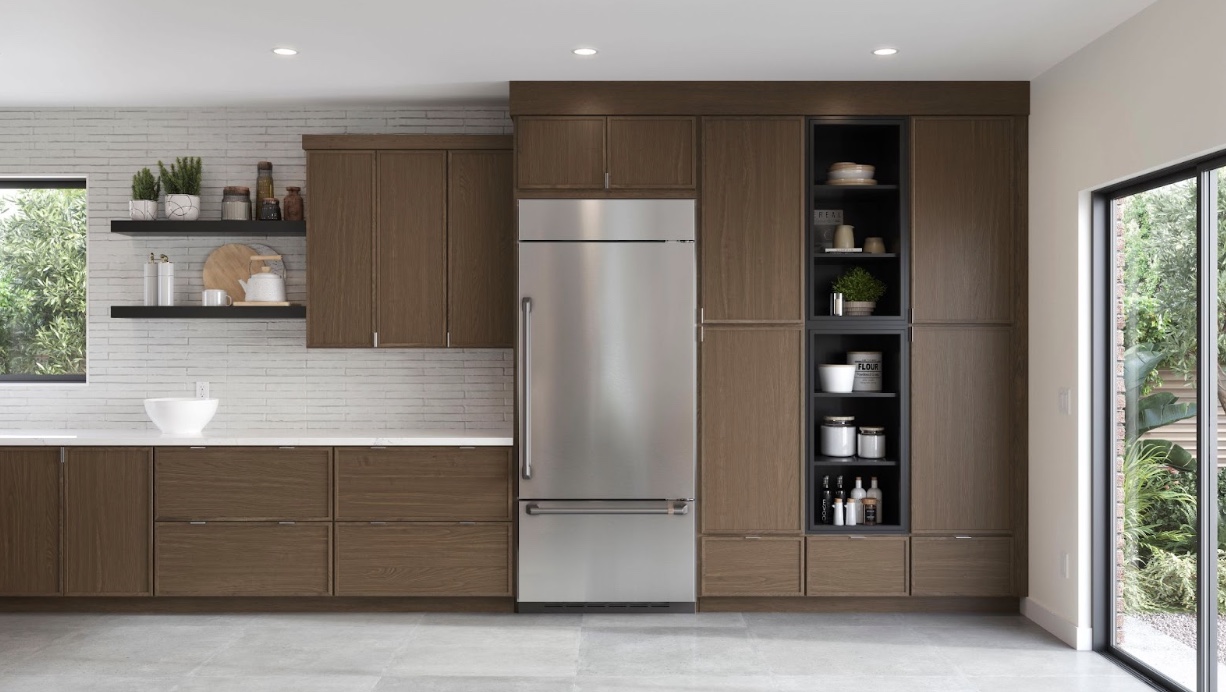.png)
Serving Reading PA, Lancaster, Berks County, Wyomissing, and surrounding areas.
Address: 100 Liberty St, Shillington, PA 19607
Call Us: 610-775-7575

As the crisp air settles in and the leaves begin to turn, many of us feel inspired to make changes, big and small, reflecting a more mindful way of living. One of the most impactful ways to embrace this shift is by rethinking how we build and maintain our homes.
Enter the concept of green building, which is a design philosophy that’s become more than just a trend. It’s a commitment to reducing our environmental footprint by improving energy efficiency, using sustainable materials, and making smarter choices for the long haul.
But what does green building really mean? And does it come with a hefty price tag?
At its core, green building is about making homes that work with the environment rather than against it. That means being intentional about how we heat, cool, insulate, and power our homes while also considering the impact of materials used during construction.
A green home isn’t just better for the planet; it’s often better for your wallet, too.
One of the biggest misconceptions is that eco-friendly homes are prohibitively expensive. While some green upgrades (like solar panels or high-end insulation) do come with upfront costs, many alternatives are competitively priced, or even less expensive, than traditional options.
And the long-term savings can be significant. Lower utility bills, fewer maintenance issues, and longer-lasting materials often mean you recoup your investment over time. Plus, financial incentives and rebates from local and federal programs can help offset the costs.
Whether you're planning a new build or upgrading your current space, there are smart and effective ways to make your home more eco-conscious.
Here are some features worth considering:
Heating & Cooling
Choose high-efficiency systems with strong SEER ratings. Right-sizing your HVAC system is key. Oversized units waste energy. Also, streamline ductwork to reduce air leakage.
Insulation
Foam insulation is a top performer, filling in gaps traditional materials can’t. If it’s outside your budget, focus on careful installation of conventional insulation to reduce energy loss.
Home Orientation & Landscaping
Align your home’s longest side toward true south to take advantage of passive solar heating. Use trees and shrubs to block winter winds and provide summer shade, nature’s own climate control.
Windows & Doors
Select energy-efficient windows with low-emissivity coatings and insulating gas fills. For doors, tight seals and weather stripping help maintain interior comfort.
Roofing & Exterior Finishes
Light-colored paint and reflective roofing materials help reduce heat absorption, especially useful during late-summer heat waves and warmer fall days.
Building Materials
Look for options that are recycled, rapidly renewable (like bamboo or cork), or responsibly sourced. Avoid products that emit toxins or contribute heavily to deforestation.
Water Heating
Tankless or point-of-use water heaters deliver hot water only when needed, reducing standby energy use and saving space.
Appliances
Opt for Energy Star-rated appliances. These meet government standards for efficiency and often include smart features to reduce water and electricity usage.
As we head into the holiday season, a time for reflection, preparation, and cozy comforts, it’s the perfect opportunity to consider how your home can better support your lifestyle and the environment.
Sustainable living doesn’t happen overnight. But with each conscious choice, you build a home that’s healthier for you, your community, and the planet!